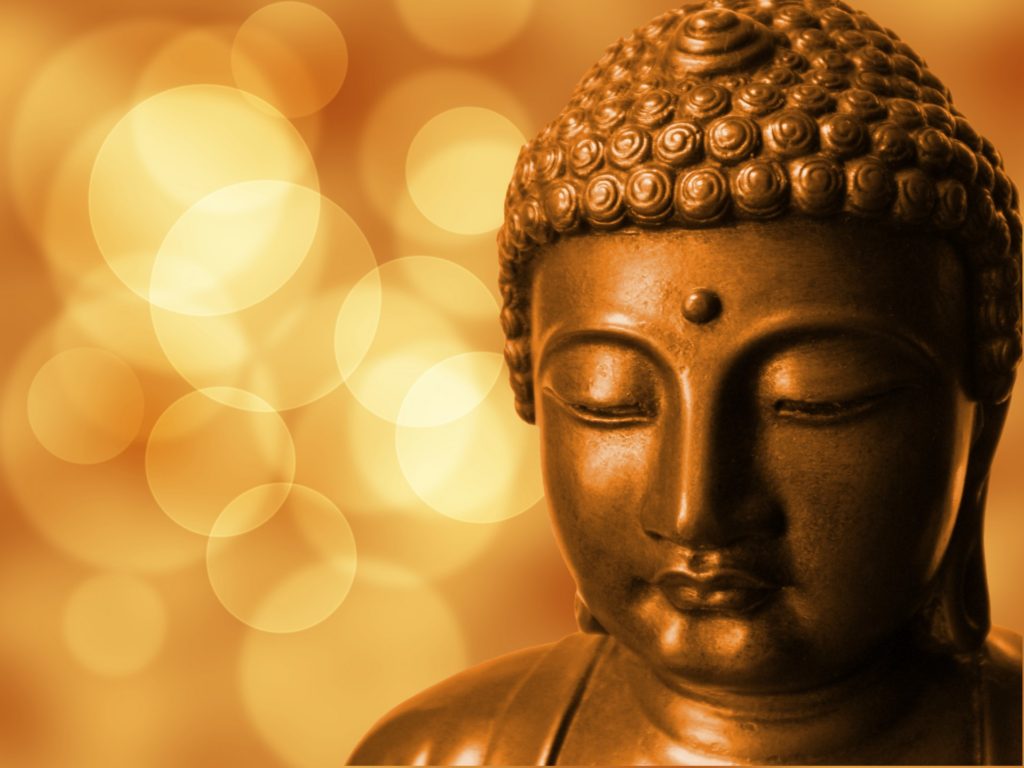Introduction to the course

- Ever felt that there must be more to life than this…
- Curious about the journey of self realization
- Have you always wanted to explore Indian Mysticism…
- or if you simply like the idea of taking off an hour a week to look at the bigger picture…
….this course is for you!
Join Siddhartha, the protagonist of Nobel Prize winning author, Hermann Hesse’s novel of the same name. The book explores the journey of a young man in an Indian village in search of his soul (Atman).
“I love the book because it’s a lovely introduction to Indian Philosophy for the uninitiated and because it is written by a German who never actually visited India. “
_____Dr. Mathai Fenn
Download the book for free from http://gutenberg.org/ebooks/2500.
In India, contemporary philosophers aim to re-interpret ancient wisdom in modern contexts. Great philosophers like Adi Shankara (Circa 5th Century AD) have written commentaries (or interpretations) on ancient sacred texts. Such interpretations are called ‘Bhashya‘ which literally means “translation”.
Who would it benefit?
- Useful for those whose personal productivity is in paralysis due to indecision
- Those who feel they don’t belong, feel empty, undecided and depressed, anxious about what the future holds for them
- Those who want to learn the art of reading, those who understand depth-reading involves a lot more then merely grasping the basic meaning of words in the text
- Those who feel the need of rediscovery of their own self because the knowledge of ‘objective facts’ and realizing the truth about oneself and one’s own experiences are different kinds of learning itself
- Useful for those who are looking for an introduction into Indian Philosophy and the great traditions of the East
Course Duration: This is an ongoing discussion and not limited to a fixed number of sessions. The course is non-linear so you can join at any time you want.
Course Fee: You can buy access to 5 sessions by paying Rs. 4,500. We encourage you to attend continuously for five weeks for optimal experience.
A Few examples of our sessions
| Why Siddhartha? | An introduction to Siddhartha In the space of a single session, we explore the relevance of the ideas contained the book to modern day to day life. | 60 minutes – Prerecorded– Free sessions are recorded and uploaded for others to learn from |
| Reading Siddhartha | An introduction how to read Siddhartha Through an examination of certain sections of the text, the focus is to introduce the method of reading used in the full program. This is useful for those who want to try it on their own | 3 sessions of 60 minutes – Online Sessions are typically twice a week |
| Siddhartha Today | Siddhartha: Indian Spirituality and your life today The flagship product aims to introduce you to traditional spiritual wisdom of India through a close reading of the book, by Hermann Hesse. The program connects your personal life to the wisdom of the Ancients through interactive sessions guided by Dr. Mathai Fenn | 12 sessions of 60 minutes – Online |
To Register, click here.
More Information on the course
Siddhartha’s Journey
Hermann Hesse won the Nobel Prize for Literature in 1946. He was the grandson of Hermann Gundert, who lived in Kerala, India and made significant contributions to the local language, including a book of grammar published in Malayalam (1859). Gundert, who held a doctorate in Theology and Sanskrit from University of Tubingen was the primary source of inspiration for Hesse to write this novel.
Siddhartha is the protagonist of Hermann Hesse’s 1922 Novel of the same name. The son of a Brahmin, he is not happy with his idyllic life in a village by the river. Like many of us, he keeps thinking there must be something more to life than this.It’s not as if life in the village is devoid of spirituality. He learns scriptures and has learned the art of meditating on the most important questions.
The Method – Interpretation (Bhashyam)
Since ancient times Indian Philosophical Traditions have been predicated on the idea that knowledge is already embedded in texts. New texts are often described as Bhashya’s or an interpretation of a pre-existing one. Typically such interpretations are written on existing Sacred Texts, the Vedas, the Epics or the Upanishads. Even India’s most celebrated philosopher, Adi Shankara ( circa 500 CE) has written his most famous work as a commentary on previous texts.
For our Journey, we take up the book Siddhartha and use that as an introduction to Indian Philosophy and Spirituality. Let the journey begin….
“In the shade of the house, in the sunshine of the riverbank near the boats, in the shade of the Sal-wood forest, in the shade of the fig tree is where Siddhartha grew up, the handsome son of the Brahman, the young falcon, together with his friend Govinda, son of a Brahman. The sun tanned his light shoulders by the banks of the river when bathing, performing the sacred ablutions, the sacred offerings. In the mango grove, shade poured into his black eyes, when playing as a boy, when his mother sang, when the sacred offerings were made, when his father, the scholar, taught him, when the wise men talked. For a long time, Siddhartha had been partaking in the discussions of the wise men, practising debate with Govinda, practising with Govinda the art of reflection, the service of meditation. He already knew how to speak the Om silently, the word of words, to speak it silently into himself while inhaling, to speak it silently out of himself while exhaling, with all the concentration of his soul, the forehead surrounded by the glow of the clear-thinking spirit. He already knew to feel Atman in the depths of his being, indestructible, one with the universe.”
Siddhartha